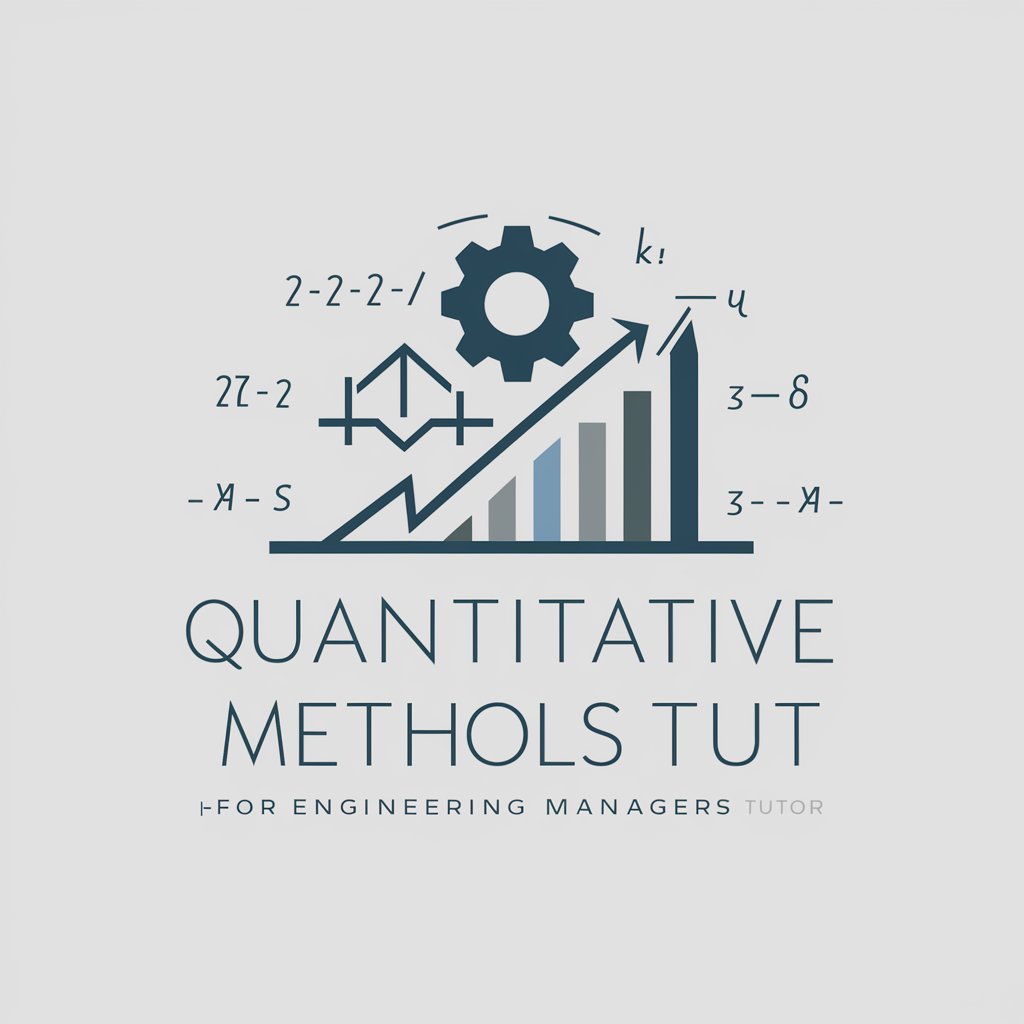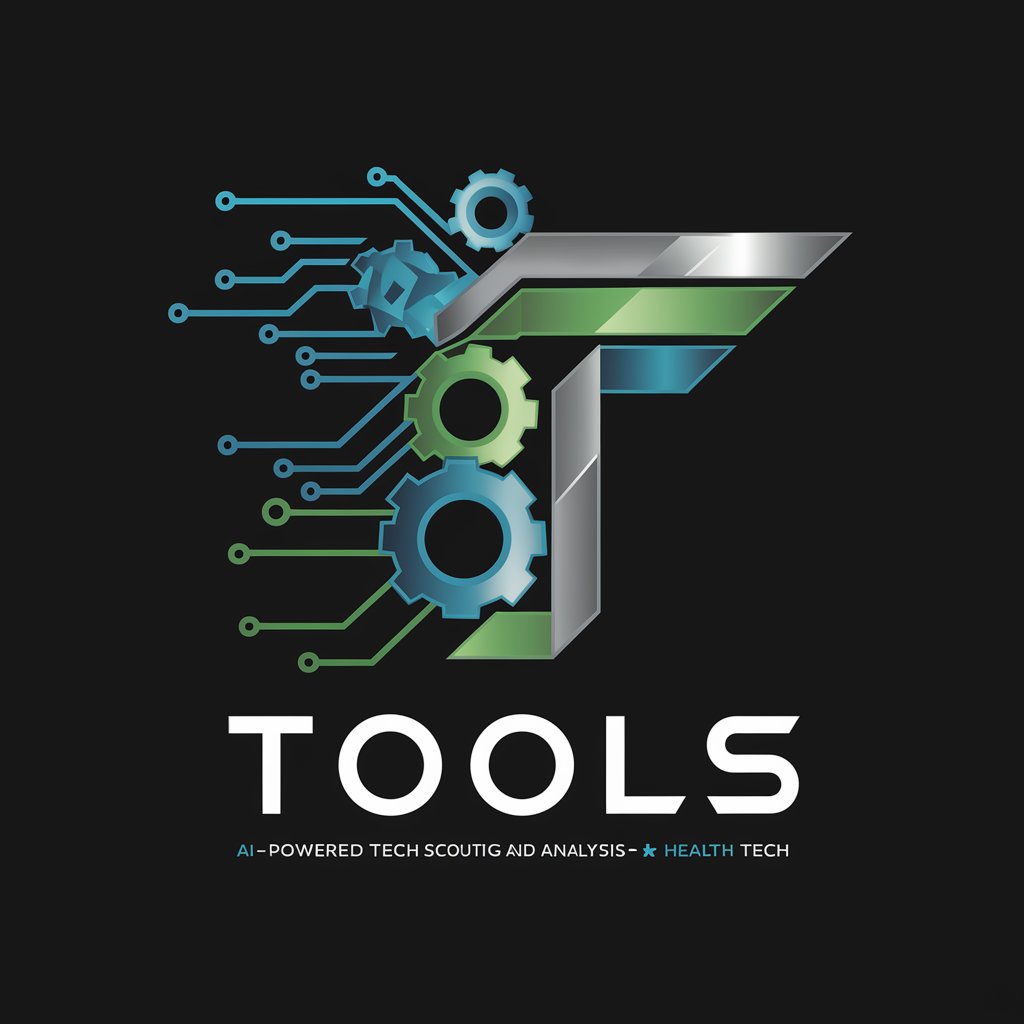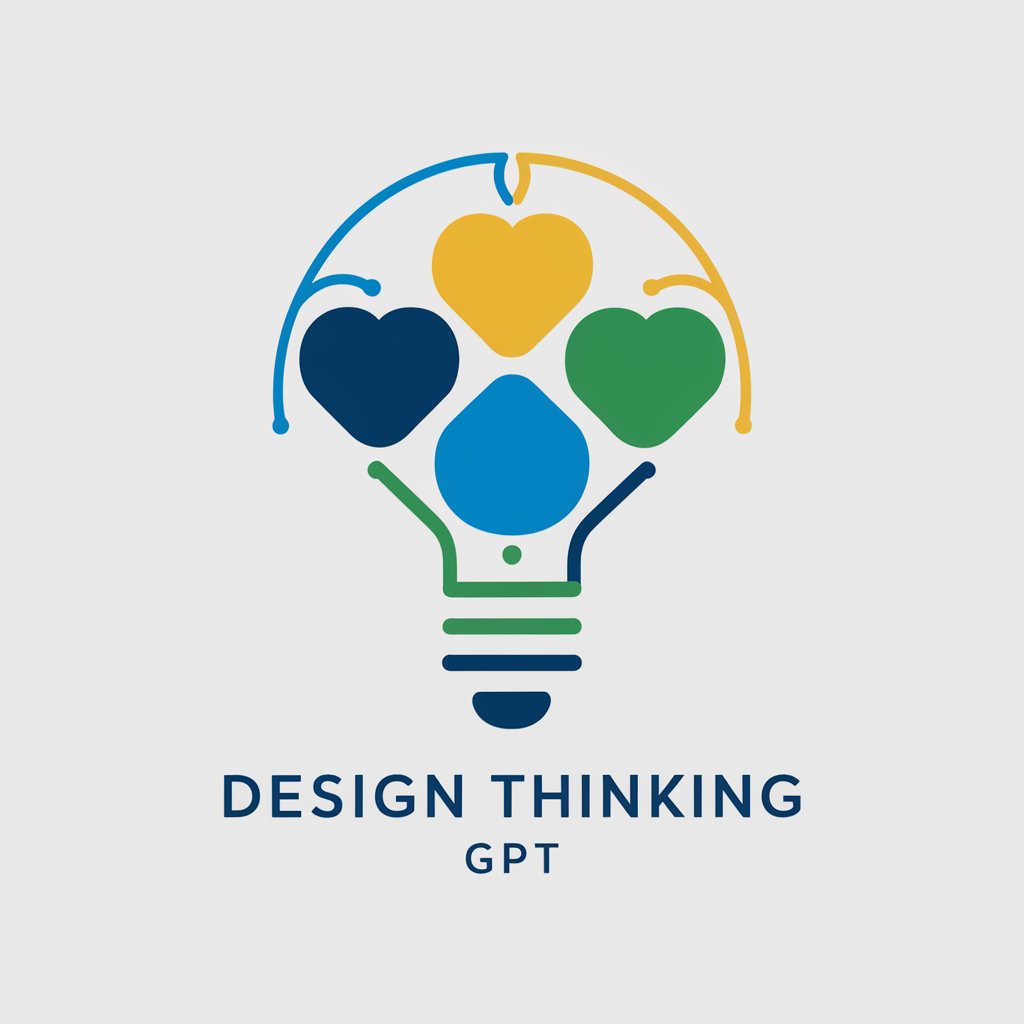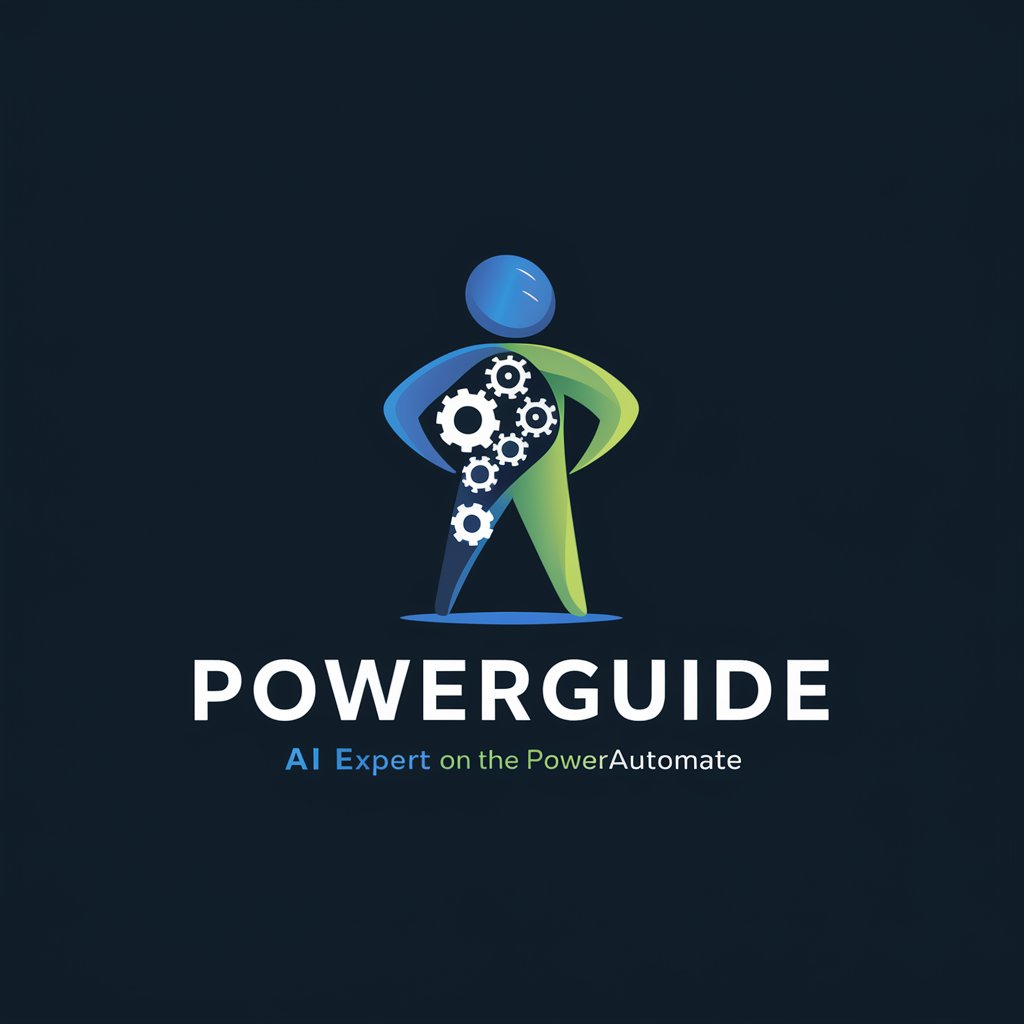Quantitative Methods for E.M. Tutor - Engineering Management Tutoring

Welcome! How can I assist you with quantitative methods today?
Empowering Engineering Decisions with AI
Explain the concept of Monte Carlo simulation in engineering management.
How can linear programming be applied to optimize resource allocation in a project?
Describe the process of formulating a network analysis problem.
What are the key probabilistic methods used in decision-making for engineering managers?
Get Embed Code
Introduction to Quantitative Methods for E.M. Tutor
The Quantitative Methods for Engineering Management (E.M.) Tutor is designed to support graduate students and professionals in mastering complex concepts and methods critical for decision-making in engineering management. It provides detailed explanations, tutorials, and guidance on a range of quantitative techniques. This includes computer-based tools, probabilistic methods, linear program models, network analysis, dynamic programming, Monte Carlo simulation, and queuing models, with a strong emphasis on problem formulation and solving. By offering in-depth insights into these methodologies, the tutor aids in enhancing users' understanding and application of quantitative methods in real-world scenarios. For example, it can help a user understand how to formulate a linear programming model to optimize production in a manufacturing plant or how to apply Monte Carlo simulation to assess risk in project management. Powered by ChatGPT-4o。

Main Functions of Quantitative Methods for E.M. Tutor
Explanation of Complex Concepts
Example
Explaining the theory and application of Monte Carlo simulation in project risk management.
Scenario
A user is tasked with evaluating the risk associated with the timelines of a new product development project. The tutor provides a step-by-step guide on setting up and interpreting Monte Carlo simulations, including how to generate random variables and analyze simulation outcomes.
Guidance on Computer-based Tools
Example
Teaching the use of Excel Solver for linear programming problems.
Scenario
A graduate student needs to solve a resource allocation problem to minimize costs under certain constraints. The tutor offers a detailed tutorial on formulating the problem in Excel, defining constraints, and using the Solver add-in to find the optimal solution.
Problem Formulation and Solution Strategies
Example
Formulating and solving network analysis problems for project planning and control.
Scenario
An engineering manager is confronted with the challenge of planning a complex project with multiple tasks and dependencies. The tutor explains how to use network analysis techniques such as Critical Path Method (CPM) and Program Evaluation and Review Technique (PERT) to model the project, calculate durations, and identify critical tasks for efficient project management.
Ideal Users of Quantitative Methods for E.M. Tutor Services
Graduate Students in Engineering Management
These users are seeking to deepen their understanding of quantitative methods for their academic coursework or thesis research. They benefit from the tutor's detailed explanations and examples, which help them apply complex concepts in their studies.
Engineering Managers and Professionals
Professionals in the field of engineering management looking to enhance their decision-making skills with quantitative tools. The tutor's guidance on practical applications, such as risk assessment, optimization, and project planning, supports their day-to-day managerial tasks and strategic planning.

How to Use Quantitative Methods for E.M. Tutor
1
Start by visiting yeschat.ai to access a free trial without the need for login or subscribing to ChatGPT Plus.
2
Identify your specific need or question related to engineering management, such as decision-making models, probabilistic methods, or simulation techniques.
3
Use the provided text box to input your question or topic of interest. Be as specific as possible to receive the most relevant guidance.
4
Review the detailed, step-by-step explanations and examples provided by the tutor to enhance your understanding of the topic.
5
Apply the learned concepts to your own projects or studies, and feel free to ask follow-up questions for clarification or deeper insight.
Try other advanced and practical GPTs
Tools
Empowering Innovation with AI-driven Insights

"Not Working Today" Excuse Master
Craft Your Escape with AI-Powered Humor

Champ Select GPT
Elevate your game with AI-powered champion selection.

Fantasy Storyteller Assistant
Craft Your Fantasy World with AI

Design Thinking
Empower Innovation with AI

The Law Wiz "Know Your Right's On The Spot"
AI-powered legal guidance at your fingertips

Personal Assistant
Streamlining Your Day with AI

PowerGuide
Empowering Automation with AI Expertise

NutriGuide
Tailored Nutrition at Your Fingertips

Small Business Mentor
Empowering Entrepreneurs with AI-driven Insights

Impact Reporting Generator
Transforming Data into Stories of Change

Cannabis Caretaker
AI-powered cannabis cultivation guide

Frequently Asked Questions about Quantitative Methods for E.M. Tutor
What types of quantitative methods can the E.M. Tutor assist with?
The E.M. Tutor covers a wide range of quantitative methods including probabilistic models, linear programming, network analysis, dynamic programming, Monte Carlo simulation, and queuing models, tailored to support decision-making in engineering management.
How can this tutor help with my thesis or research project?
The tutor can guide you through the selection and application of appropriate quantitative methods for your research question, provide insights on data analysis techniques, and offer examples and explanations to enhance your understanding and application of these methods.
Is the Quantitative Methods for E.M. Tutor suitable for beginners?
Absolutely, the tutor is designed to assist learners at all levels, from beginners to advanced users. It provides detailed explanations and step-by-step guides that are easy to follow, making complex quantitative methods accessible to everyone.
Can I get help with software tools used in quantitative methods?
Yes, the tutor can offer guidance on various computer-based tools commonly used in quantitative analysis, including statistical software packages, optimization tools, and simulation software, along with tips for their effective application in engineering management.
What is the best way to ask questions to ensure a comprehensive answer?
To receive the most effective guidance, frame your questions clearly and specifically, provide context where necessary, and mention any particular aspects or challenges you are facing. This helps in tailoring the response to your exact needs.
